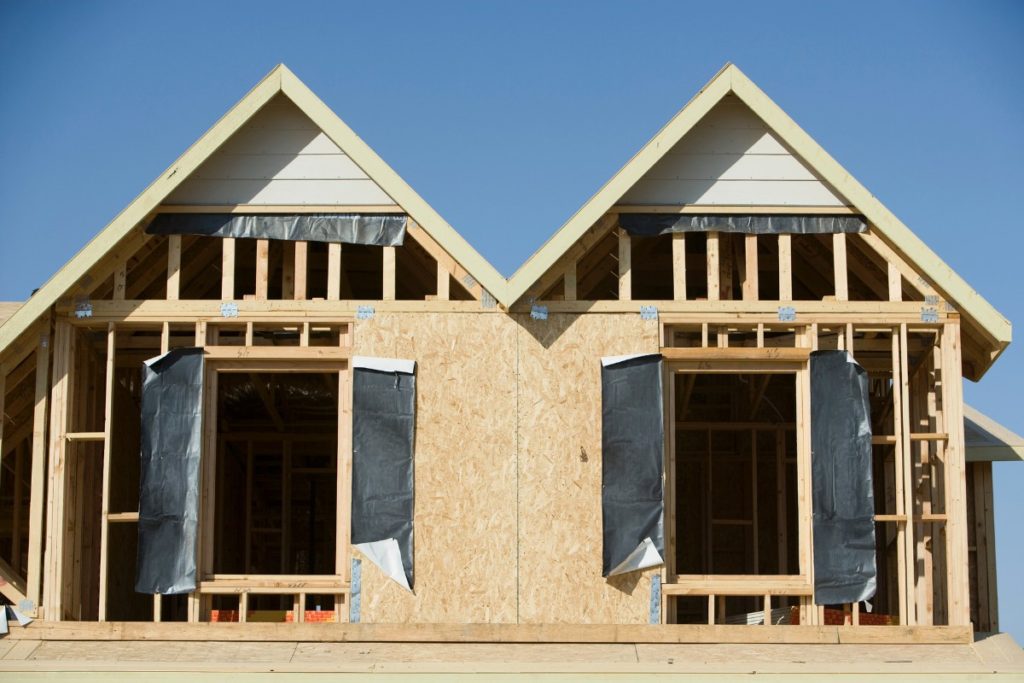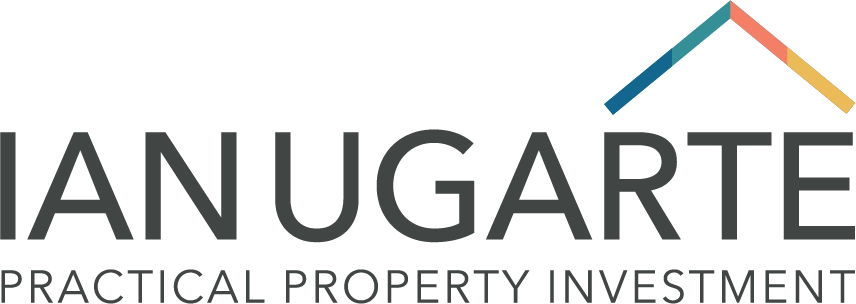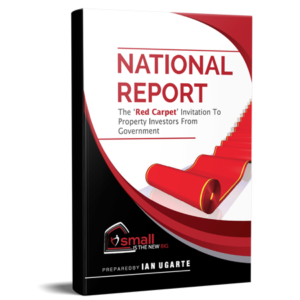As investors – actually, as humans – we’re all roughly divided into low, medium, and high-risk takers. It’s really important to understand the amount of risk you’re comfortable with when you invest, so you can make the right choices. The wrong approach can not only affect your financial future, it can push your stress levels through the roof.
My own property investment risk profile and how it’s changed
I was a classic, high-risk serial entrepreneur in my 20s and 30s. I started multiple businesses in the belief that if you do it enough times, one will have to come off. None of my first 15 businesses succeeded – but I’d just move on to the next best, quick, shiny thing.
Ironically, I’ve suffered from anxiety since my teenage years, so that high-risk time of my life was really confronting. In hindsight, I could have saved myself some anxiety (and made more money) if I had matched my investing with my appetite for risk.
FIND OUT YOUR RISK PROFILE: Scroll down to take the Freeway Test!

How risky are you? The freeway test
I have a simple scenario I use when I’m figuring out people’s risk profile
Say you’re driving on a freeway, in the left-hand lane, at 100 kilometres an hour, in a 100-kph zone. The car in front of you starts to slow. So you pull out to overtake and inevitably, they speed up to 100.
Then a car pulls in behind you. Do you speed up and pass that pesky car to your left, who’s still doing 100? Do you slow down and move back in behind them, or do you just stay at 100, waiting to see what’s going to happen?
My theory is:
- High risk types will speed up, overtake and then move into the left-hand lane. It’s all about getting in front. And it often involves bending rules.
- Medium risk will stay in the outside lane, watching and waiting.
- Low risk will pull back.

Understanding your risk profile
I’m going to paint a picture of the three types of investors to help you see where you fit. This is generalising I know, but it’s based on what I’ve observed consistently over the years, talking with investors. I’ve also suggested a few property investment options that match each profile.
What a low-risk profile looks like
- You’re in a PAYG job, employed by someone else.
- You’re not interested in starting your own business.
- You look at your life through the lens of ‘what could go wrong if I spend my money on this’.
- You get to retirement age and have enough income to support the rest of your life because you’ve saved well, always putting away 10%.
- You research, research, research, to the point of analysis paralysis – until you can’t make decisions. (If you spent a little less time researching and a little bit more time looking at what the upsides could be, your retirement could be even rosier.
Investing when you’re low risk
Generally a low-risk strategy starts with buying your own home and then perhaps investing in a granny flat or equivalent – very low risk because you’re increasing the value of your property and getting a small rental income. You might also make a lower-cost property investment like a unit, townhouse or a villa, that wouldn’t expose you too much. With this option you can actually grasp its real value if you had to sell, based on sales in the unit block.
The downside with this strategy is there’s very little scope to add value to the property through manufactured or manual growth. You trade off that potential for the comfort of knowing that your unit or townhouse will double in value every 10 years, and your costs are relatively fixed.
ARE YOU LOW-RISK? Cash flow positive investments are a great fit for you to grow your income and equity without sacrificing your lifestyle in the short term. Find out how HERE.

What medium risk looks like
- You do take some risks, e.g., you might go out and work for yourself, be self-employed, buy that investment property.
- You don’t get wrapped up in too much research – just enough to know the numbers and be able to back yourself on your decisions.
- You make decisions based partially on gut feel and partially on rational analysis.
- You take a balanced approach that takes into account what can go wrong, AND what can go right.
- You end up in a good spot at the point of retirement – you might even be quite wealthy. (Note that a lot of entrepreneurs who establish themselves in their first business, often go off and become medium risk people.)
Investing when you’re medium risk
You take your investing a step further by doing your own purpose build, say a brand new four-bedroom, two-bathroom home with a granny flat or a secondary dwelling. That gives a dual-occupancy, investment component to the home, meaning you could live in part of it and rent the rest; or rent to two different households on separate leases to bring in more rent.
You might also look at resi-mercial, my favourite strategy, which means investing in a shop downstairs and housing above and behind it. It gives you the solid return from the high-risk commercial component, as well as the stability of the low-risk residential. It’s the perfect medium-risk investment, and it will serve you well, long into your investment career.
LEARN MORE: Manage your risk by avoiding common property investing mistakes HERE.

What high risk looks like
- You put it all on “black”, betting every dollar to try and get the best possible return.
- You ‘swipe right’ on a lot of properties, hoping to strike it rich one day.
- It doesn’t really matter what the property looks like or what it does, it’s more about what the outcome is going to be.
- You’re attracted by the cash flow or the upside, but you don’t think about the potential downside, either because you’ve never done it before, or you’ve wiped past experience from your memory.
Investing when you’re high risk
You’ll go into mining accommodation, to a port town, buy commercial, or buy sight-unseen. Then you feel the ups and downs of the decision and eventually realise that it’s not working.
If you’re high risk, you might have thought about specialist disability accommodation (SDA) property, part of the National Disability Insurance Scheme (NDIS). For me, it is the most high-risk strategy in property right now, because while the government pays an owner or investor up to 16 percent returns, there’s no guarantee you’ll get someone to move into it. I consider myself a pretty sophisticated investor, and I see it as too high risk.

Every profile has different benefits, even the high-risk – I dare say that Steve Jobs was a high risk person and he changed the world. A lot of the time, risk is a personality trait or it’s been ingrained in your upbringing which means breaking the cycle isn’t easy.
My real financial success happened when I started to make lower-risk decisions based on research. I surrounded myself with mentors – people who were great at building wealth, who had already made the mistakes, that I could learn from. I did the research. I became essentially a medium risk investor with structure around me.
You can change your risk too if you need to. Just start by getting that understanding of whether you’re low, medium or high, and go from there.
WANT MORE? Learn how co-living can provide you with a lower-risk investing strategy that provides positive cash flow from day 1 – Free Webinar HERE.





